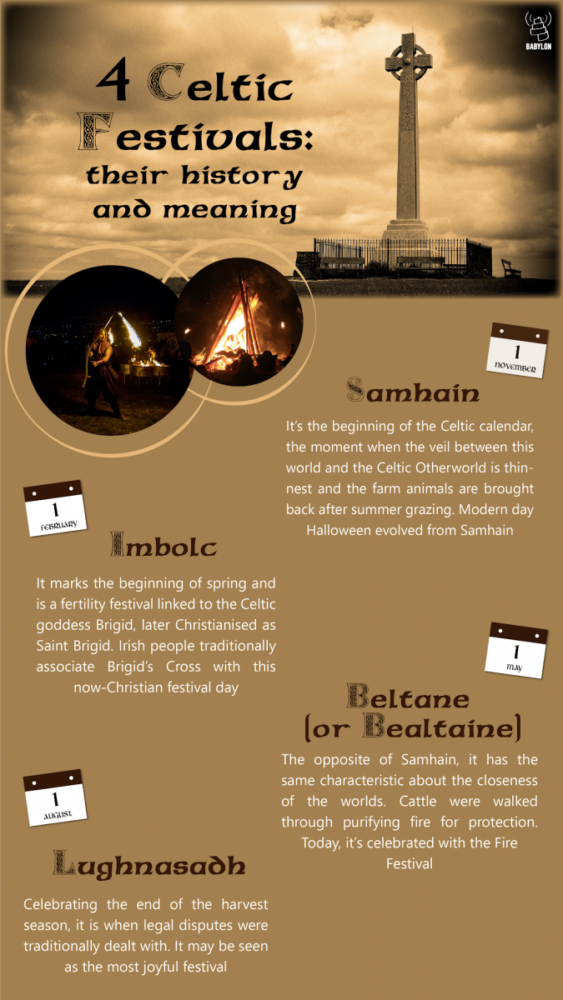The four Celtic festivals: between tradition and modernity
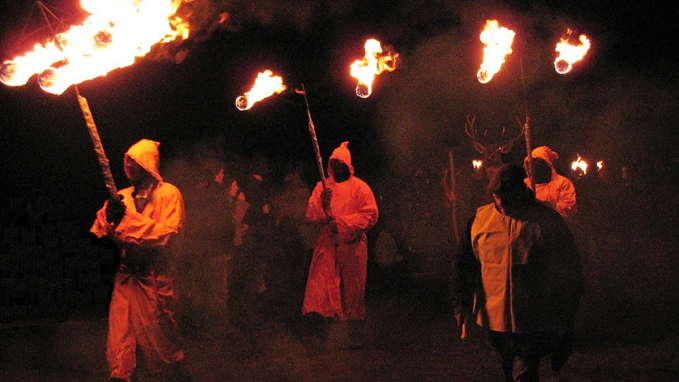
Ancient Irish history revolved around four major Celtic festivals, but foreigners still don’t know much about them.
Irish folklore is often romanticised in popular culture: we imagine a very green field with druids and lovely fairies, and strongly linked to nature. It is a stereotype, a part of the country’s mythical traditions and a sort of historical background, all related to the Celts.
As their name says, the Celtic festivals come from Celtic traditions and customs. Today, when we think about the Celtic nations, we only see regions around Ireland, Great Britain (mostly Scotland, Wales, and some islands), and French Britany. But history is broader than that: the Celts come from Central Europe.
What are these festivals?
The four Celtic festivals, named Samhain, Imbolc, Beltane, and Lughnasadh (the spelling can change according to the source), come from ancestral Celtic tradition, but what are they really?
“We don’t know when they were created but there is no doubt they are multi-millenia,” Frederic Armao, Associate Professor at the University of Toulon, France says. “They are at least 2000 years old”. Indeed, there are various references to these Celtic festivals in ancient texts.
Today, they are celebrated on the 1 November, 1 February, 1 May and 1 August, but these can be considered approximative dates because of the troubles between the Old Style calendar and the New Style.
These festivals come from the celebration of the passing of seasons. “They are known as cross-quarter festivals,” George, a first-year student in Celtic Civilisation, Folklore and History at University College Cork explains. In the Celtic tradition, the year was divided into eight main parts: the solstices and equinoxes marked the centres of the seasons, with the cross-quarter points as the turning points.
“It is not that humans happened to decide that x time would be great craic for a feist [party],” Goerge says, “but rather that the natural cycle of life and death provided instances to which humans assigned meanings and traditions.”
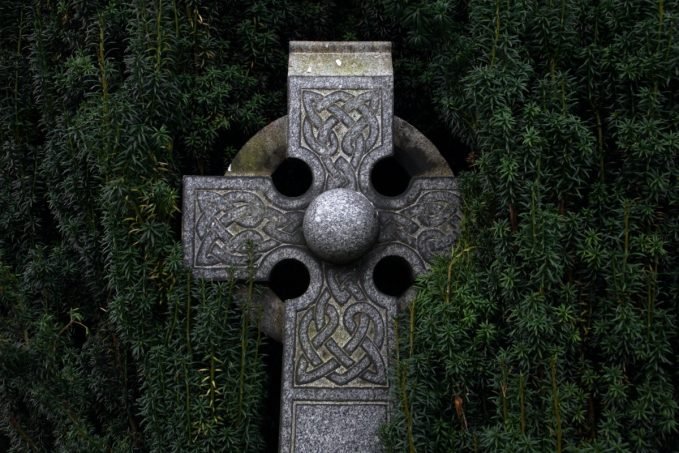
Prof. Armao points out that if these festivals are often called the “First Festivals”, it is only an approximation. Moreover, he explains that “a number of medieval manuscripts confirm the association between these festivals and Celtic deities or mythological tribes.”
Indeed, if the four festivals are strongly linked to the agrarian cycle, the professor says that they were “total manifestation”, reuniting the whole society. “If links with Celtic deities are blurry, because of the lack of sources, they seemed to have been strong”.
These festivals have evolved through the history of Ireland, being impacted by the Christianisation of the island, and the various cultural exchanges that have occurred over the millenia. Later in Irish history, these festivals, and more particularly Beltane and Samhain, have been used and exploited for identity purposes, related to Irishness and the Celtic identity of Ireland.
The differences between Samhain, Imbolc, Beltane, and Lughnasadh
Samhain, 1st of November.
It is the beginning of the Celtic calendar and of wintertime, a legal festival with a smaller religious aspect, and it is pronounced “sow-in”.
George explains that “it is known that the Dagda, one of the ‘greatest’ gods, lies with the Morrigan, the goddess of battle and war and sovereignty. Their union allows the birth of the new year.” They add that “it is at this time that people bring the animals in from the summer grazing and gather in homes and forts”.
“It’s the time when the worlds of gods, dead and fairies met the human world,” Prof. Armao says. George develops this idea: “Samhain is acknowledged as a time when the veil between worlds is thin, and people are warned to be wary of those they meet, lest they fall victim to a fairy trick or some such. It is noted as being a time when the doors to the fairy forts are all open”. Prof Armao clarifies that in Irish folklore, the fairies are mostly harmful and dangerous creatures.

Imbolc, 1st of February.
Pronounced “im-bulk”, this festival is less famous and marks the beginning of spring. George qualifies it as a “fertility festival”. It is linked to the goddess Brigit in Celtic folklore but also Saint Brigid, in Catholic folklore. Brigid’s crosses are used to bless houses on this day.
“It’s the period of ewe’s lactation and there are also a lot of meteorological superstitions,” Prof Armao adds. George explains that “there was the belief that Brigid would pass over the households and give her blessing to any house that had a cross, which translated into healthy cattle and a good crop.”
Beltane (or Bealtaine), 1st of May.
“This is the opposite of Samhain on the calendar”, George notices. Pronounced “bel-tayne” or “be-yowel-ten-ah”, this festival corresponds, just like Samhain, to a period when this world and the Celtic Otherworld are close. “Fear and hope are at their peak,” Prof. Armao explains. This festival is linked to a general gathering in Ancient Ireland on Uisneach Hill, known as the “mythological and sacred centre of Ireland”.
The festival is linked to the agrarian world with what Prof. Armao describes as “purifying fires”. “The main action undertaken at this time was driving the cattle in between fires,” George says. “This was done because of the superstition that it protected them from evil- it actually worked in that it burnt off ticks and diseases (something to do with the smoke) and that kept the cattle healthy.”
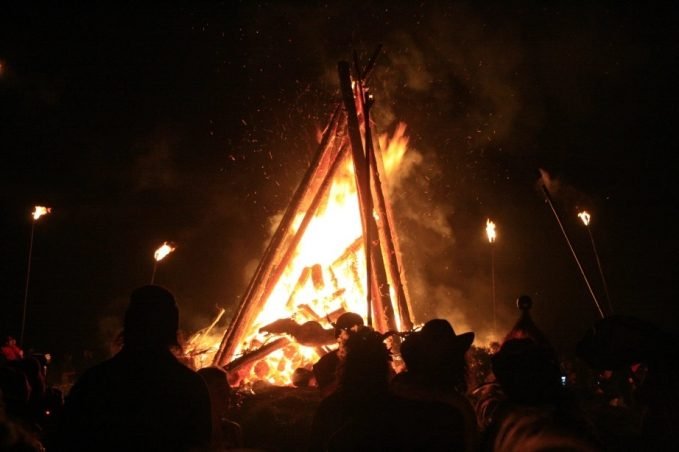 (Photos courtesy of Frederic Armao, Associate Professor at the University of Toulon)
(Photos courtesy of Frederic Armao, Associate Professor at the University of Toulon)
Lughnasadh, 1st of August.
It is pronounced “Lu-na-sah”. Even if this festival is not directly linked to a particular part of the agricultural cycle, “it celebrates the harvest being brought in and is traditionally when laws were written and legal matters resolved”, George explains. Indeed, one may argue that in cases of legal dispute, farmers were too busy with the harvest to deal with it, so they waited for the harvest to be done to address the problem.
“The matchmaking festivals also traditionally happen around then,” George also notes. Prof. Armao adds that this festival is linked to the god Lugh. A general gathering was possible on Tailtiu Hill in Ancient Ireland. “It was an important festival for royalty and probably the most joyful one.”
The Celtic festivals today: transformation and modern celebration
“The Gaelic version of these four festivals hadn’t evolved a lot during the last two millennia until Ireland became more modern,” Prof. Armao explains. “The majority of Irish farmers and rural people celebrated them scrupulously until the first half of the 20th century, even in a more Christianised version”.
However, he notices that recently neo-pagan groups adapted and modernised these celebrations to use them, by adding new ideas, influences and tradition from Germanic and Scandinavian cultures.
Samhain’s modern version is probably the most famous today: it is Halloween, after the Celtic festival was imported into the United States by Irish immigrants, and then transformed. Imbolc, under the name Saint Brigid’s Day, is also celebrated nowadays with blessings believed to bring luck and health. Some scholars also make links between these celebrations and Candlemas.
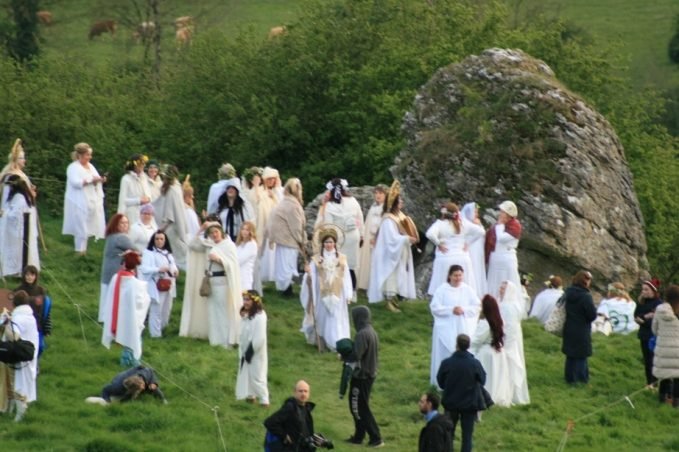
Photos courtesy of Frederic Armao, Associate Professor at the University of Toulon
For the modern celebration related to ancient folklore, we can quote the Fire Festival of Bealtaine on Uisneach Hill, that Prof Aramo describes in an article in which he details the various kinds of celebration held in 2017. He notices that the fire was lit by the President of Ireland, Michael D. Higgins, bringing a political aspect to the celebration, but also claiming the importance of Celtic culture for the Irish people.
Samhain, Imbolc, Beltane, and Lughnasadh are a strong part of Irish folklore, history, and culture. If they have lost their importance through the ages, they still survive thanks to their evolution. And you, did you know about these four Celtic festivals? Let us know in the comment section!
